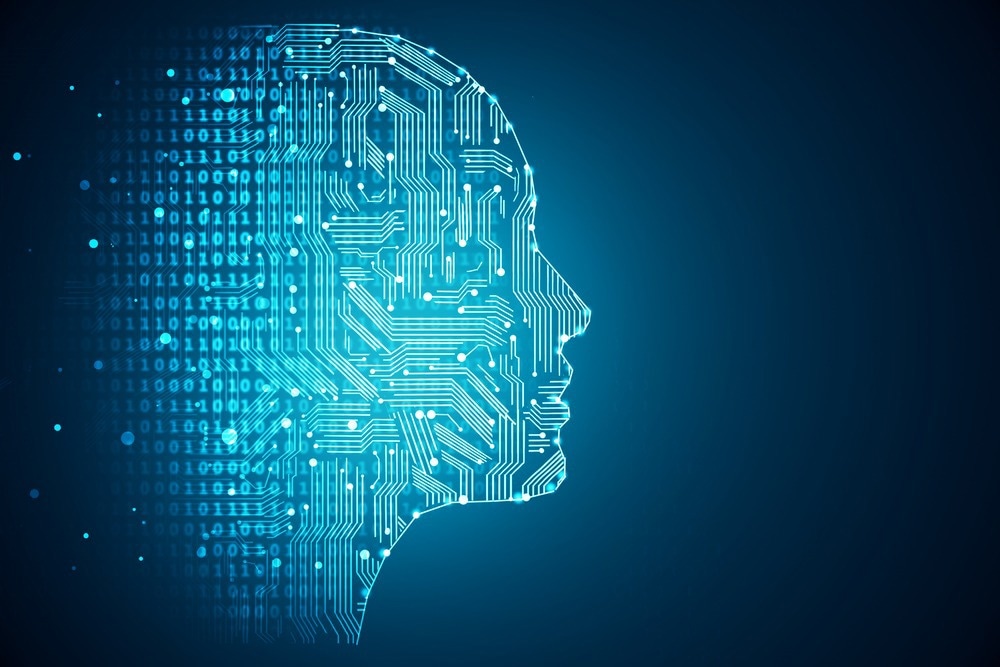The reconstruction of electrical impedance tomography is a non-linear and ill-posed inverse issue. As a consequence of the non-linearity, the computing cost of a method is high, and regularisation and the most relevant observations must be utilized to minimize ill-posedness.

Study: Machine learning enhanced electrical impedance tomography for 2D materials. Image Credit: Peshkova/Shutterstock.com
In an article published in the journal Inverse Problems, a machine learning adaptive electrode selection technique was used to build and apply a unique approach to measurement enhancement. Altogether, this study showed how electrical impedance tomography (EIT) might be used for 2D materials and emphasized the importance of machine learning in both the numerical and computational components of electrical impedance tomography.
What is EIT?
Electrical impedance tomography (EIT) is a visualization technique that uses a set of four readings along the specimen border to rebuild the conductivity dispersion inside an object.
Electrical impedance tomography is a non-invasive imaging technology that was developed in geophysics for subsurface scanning and medical physics to investigate differences in body tissues by measuring conductivity alterations.
Because the inverse issue in electrical impedance tomography image reconstruction is ill-posed, significant work has been committed from its very beginning to increase the integrity and precision of electrical impedance tomography. Many methods, including those that utilize artificial neural networks (ANNs), have been presented to date in an effort to address the inverse issue.
Deep Learning and EIT
Recent studies have used deep learning to develop and evaluate an ANN on numerically generated data for the two-dimensional (2D) D-Bar reconstruction approach. They effectively recreated the conductivities of artificial agar objects and illustrated how neural networks might increase the restoration precision of electrical impedance tomography.
Machine learning is important not just for evaluating EIT pictures, but it may also be used to optimize the placements of electrodes around the specimen instead of simply spacing electrodes at frequent intervals. Several regularly utilized current patterns are available today, including the neighboring drive design and opposite (polar) drive pattern.
A series of researches have assessed these patterns or provided a theoretical study of how to optimize electrode choice; machine-learned electrode selection models can substitute more prevalent computational procedures, and the adjacent pattern is still commonly used throughout the literature, even after being shown to be particularly imprecise,
EIT Usage with Graphene
Electrical impedance tomography has lately been utilized to investigate the 2D conductance patterns of thin films and graphene. The EIT reconstructing was matched to a conductivity map acquired using time-domain spectroscopy (TDS), a low-resolution approach done in a current-off condition using rather costly equipment in the first usage of graphene.
Only a 4% difference was detected between the TDS and EIT maps, indicating the applicability of electrical impedance tomography for the characterization of 2D materials. Although 2D EIT is frequently explored since it often includes simpler procedures, it does not reflect use scenarios in conventional medical applications.
The fundamentals of machine learning-enabled EIT for usage on 2D materials were established here. A unique machine learning adaptive electrode selection technique was devised, and a strategy to produce conductance restorations of 2D materials was established by integrating this with a forward solver supplemented with the complete electrode model (CEM).
The EIT measurements were performed on a square sample shape using the pyEIT python-based program. This program originally just employed a simple forward solver, but it was upgraded in this research to include the CEM.
Highlights of the Study
By taking electrode width into account, the CEM-enhanced forward solver outperformed the basic solution from the initial pyEIT program. More complicated modeling improved restoration precision, while GPU acceleration cut calculation time in half.
Such characteristics are critical for future applications to 2D materials, where the limited width of connections becomes increasingly relevant. Furthermore, creating a machine learning A-ESA was beneficial, as it regularly produced reduced reconstructive losses and greater performance than the usual opposite-adjacent and adjacent-adjacent techniques.
The use of the U-Net CNN for reconstruction post-processing yielded encouraging first results, highlighting the value of deep learning, which has been increasingly commonly used in various domains, including EIT.
This study exhibited the potential application of EIT for 2D materials characterization and illustrated how the incorporation of machine learning approaches might significantly enhance both the experimental and analytical parts of such work.
Future Directions
One of the next stages would be to examine rectangular-shaped samples since the algorithm currently supports this: the mesh creation, GREIT pixel pictures, and overall map matrix may all be of nx x ny form. Future research might look at various morphologies, such as an ellipse or an erratic form.
Instead of just inserting electrodes at periodic times, machine learning may be utilized to optimize their spatial placements around the specimen.
One can even imagine a recursive robotic solution that incorporates adaptive electrode selection and adaptive electrode in situ placement, in which a series of data is taken, the electrodes are moved to more optimized locations, and then another series of data is picked at the new contact spots.
References
Coxson, A., Mihov, I., Wang, Z., Avramov, V., Barnes, F. B., & Slizovskiy, S. (2022). Machine learning enhanced electrical impedance tomography for 2D materials. Inverse Problems. Available at: https://doi.org/10.1088/1361-6420/ac7743
Disclaimer: The views expressed here are those of the author expressed in their private capacity and do not necessarily represent the views of AZoM.com Limited T/A AZoNetwork the owner and operator of this website. This disclaimer forms part of the Terms and conditions of use of this website.